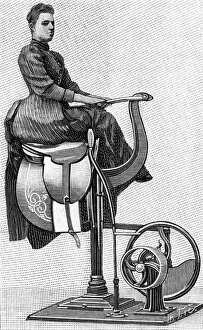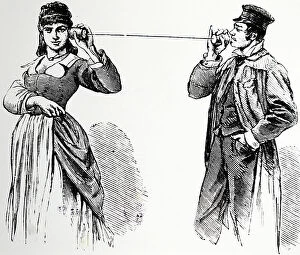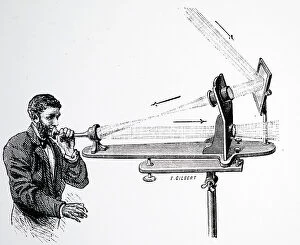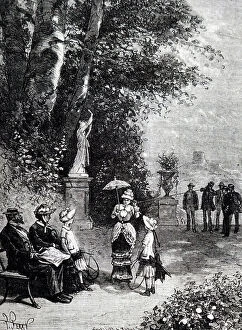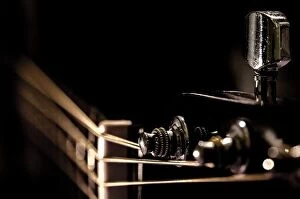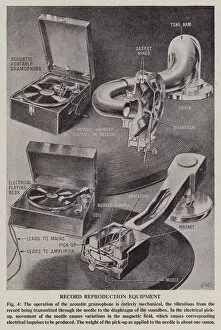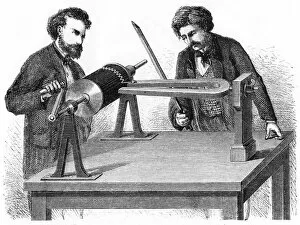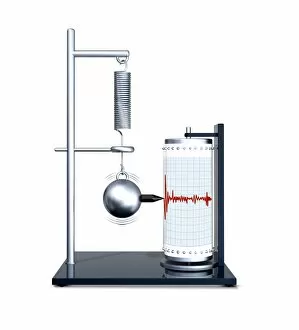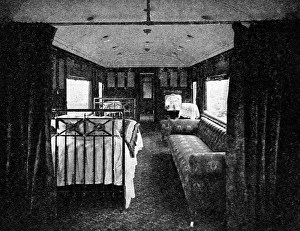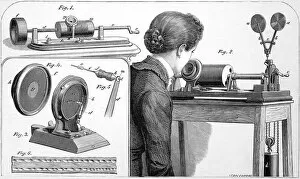Vibrations Collection
"Exploring the Power of Vibrations: From Dr. Zanders Apparatus to Augmented Reality" In 1897, Dr
All Professionally Made to Order for Quick Shipping
"Exploring the Power of Vibrations: From Dr. Zanders Apparatus to Augmented Reality" In 1897, Dr. Zanders introduced his groundbreaking apparatus that revolutionized our understanding of vibrations. This device paved the way for countless discoveries in various fields. One notable application is seen in the iconic Hammond organ, which produces mesmerizing tones through its vibrating reeds and rotating tone wheels. Similarly, record reproduction equipment utilizes vibrations to bring music to life, captivating listeners with their fidelity. Even the United States Air Force recognized the significance when they designed the Lockheed F-4 Lightning 41-2145 aircraft. Its sleek design allowed it to cut through air effortlessly by minimizing unwanted vibration effects. Beyond technology, they have inspired artistic concepts too. Imagine a bald beauty with arms raised in an augmented reality setting - a colorful image representing how they are transcend physical boundaries and create immersive experiences. Looking back further in time, we find G. H Davis's German acoustic mine utilizing sound vibrations as a weapon during wartime - showcasing both positive and negative aspects of this phenomenon. The phonautograph invented by Édouard-Léon Scott de Martinville around 1857 enabled scientists to study sound vibrations graphically for the first time ever. This breakthrough opened up new avenues for understanding sound waves and their impact on our lives. Nature also harnesses these powerful oscillations; take the raft spider (Dolomedes fimbriatus), delicately resting on a plant stem while feeling for prey's subtle movements through tiny vibrations transmitted along its legs - nature's own vibrational sensor. Lastly, let us not forget about polarising filters' ability to manipulate light waves based on their directionality – yet another example highlighting how different types of waves interact with matter through vibration principles. From scientific advancements like Dr. Zander's apparatus and phonautographs to artistic expressions and natural adaptations, exploring the world reveals a captivating journey into the unseen forces that shape our lives.

